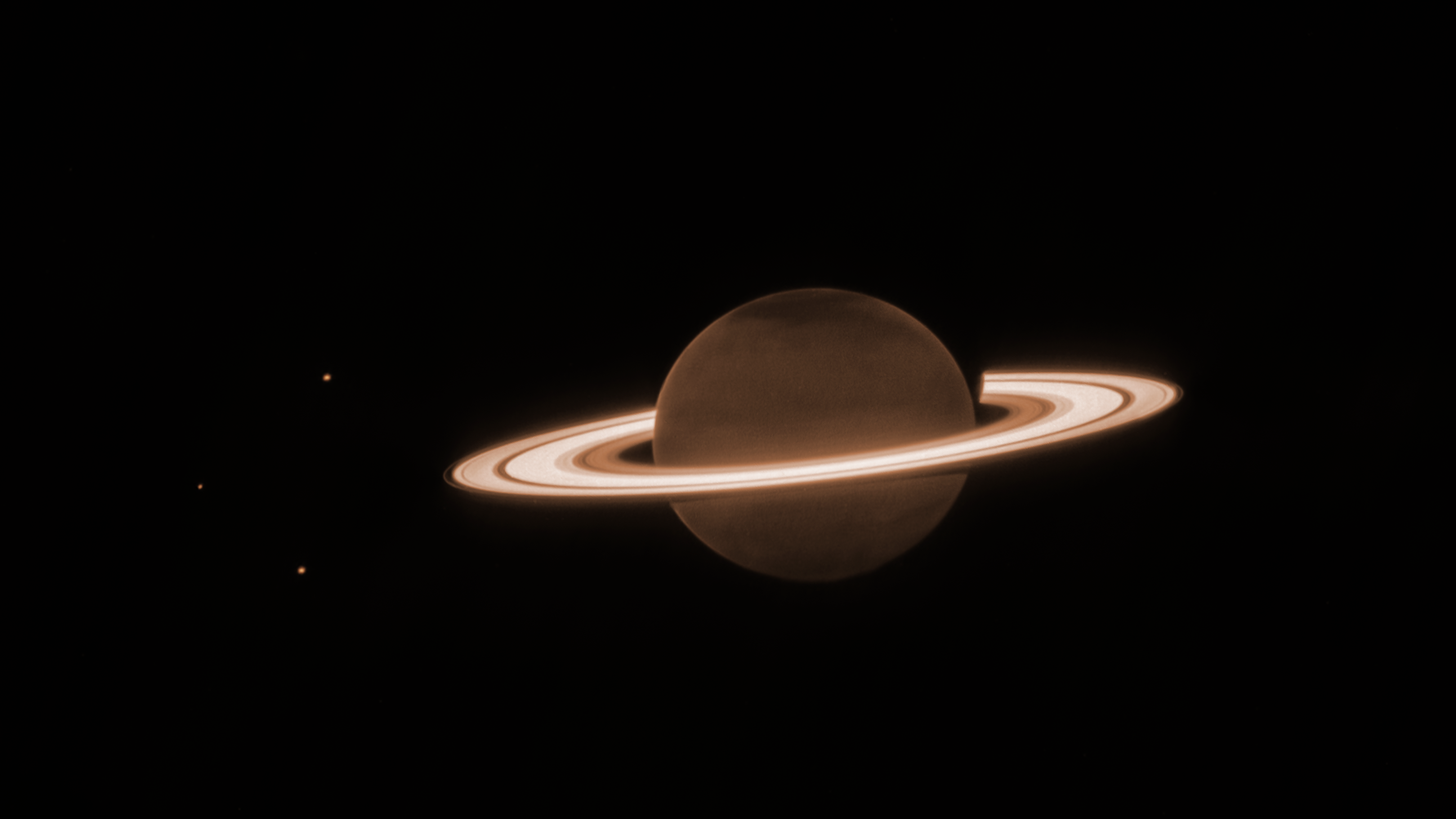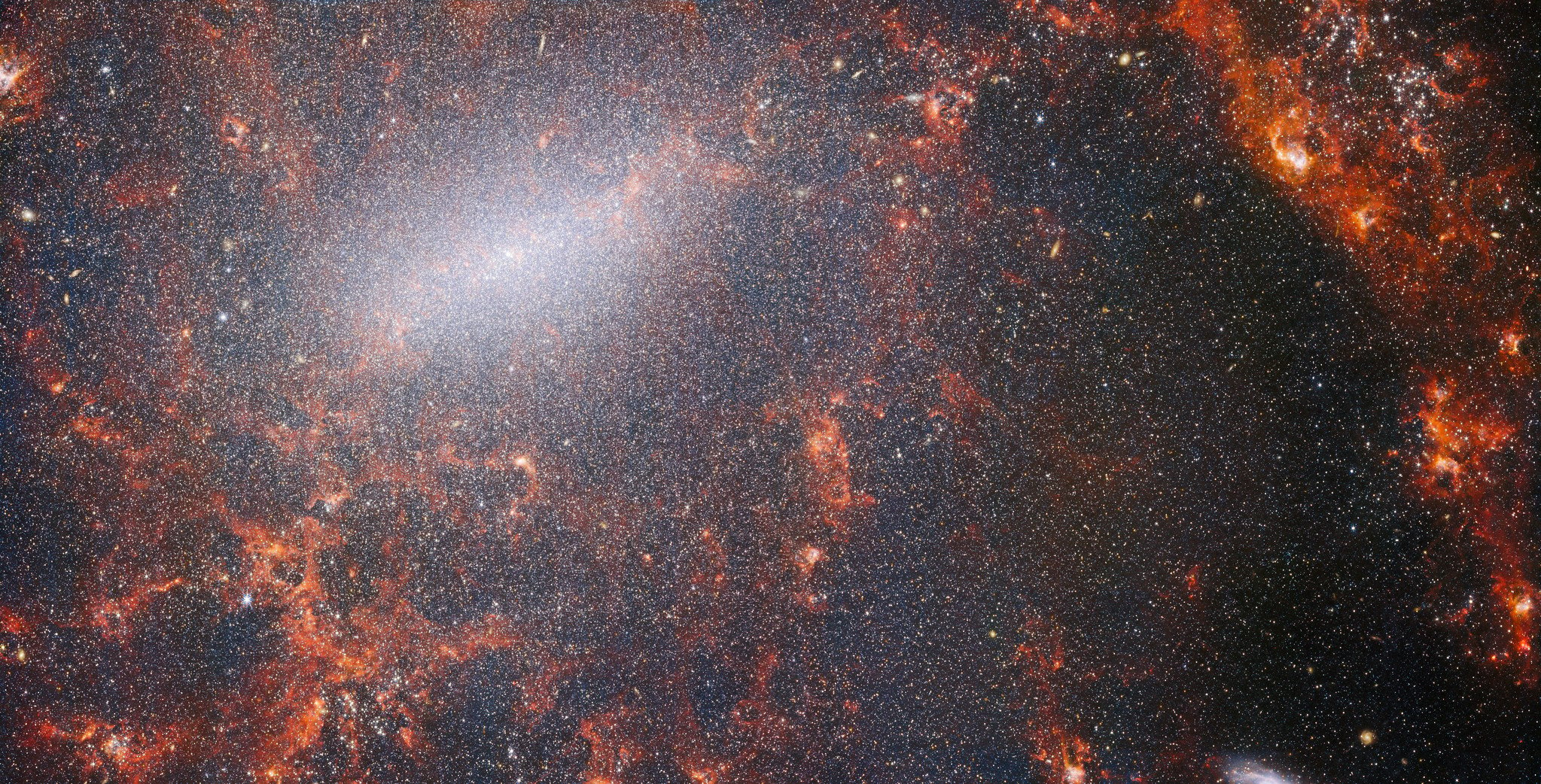James Webb Space Telescope
A community showcasing and discussing the discoveries of the James Webb Space Telescope.
News articles, papers, journals, periodicals and of course images are welcome, as long as they're related to the JWST. We'd also love to see your JWST inspired art work!
Please follow the link to the JWST NASA website for info: https://webb.nasa.gov/content/about/faqs/facts.html
Be respectful and inclusive. This includes being mindful of your language and avoiding personal attacks. It also means being open to different perspectives and respecting the opinions of others.
Share knowledge in a helpful and informative way. This means providing clear and concise explanations, avoiding jargon, and citing your sources. It also means being willing to help others learn and grow.
Be mindful of your audience. This means avoiding NSFW content and ensuring that all content is appropriate for all ages.
Report any inappropriate content. If you see something that violates the community rules, please report it to the moderators.
Have fun! The James Webb Space Telescope is an amazing feat of engineering, and we're all here to learn and explore. So let's keep the conversation positive and productive.
Here is the revised list of community rules:
Community Rules
-
Be respectful and inclusive.
-
Share knowledge in a helpful and informative way.
-
Be mindful of your audience.
-
Report any inappropriate content.
-
Have fun!
Additional Notes
NSFW content is not allowed. This includes images, videos, or text that is sexually explicit or suggestive.
Illegal content is not allowed. This includes images, videos, or text that is illegal in any jurisdiction.
If you see something that violates the community rules, please report it to the moderators.
We reserve the right to remove any content that violates the community rules.
We hope you enjoy your time in the community!




